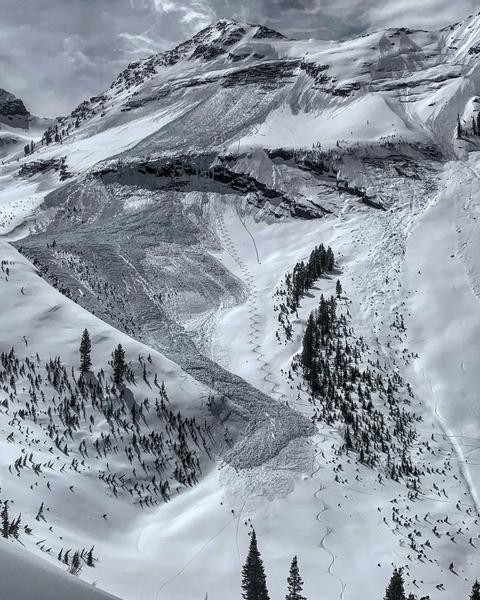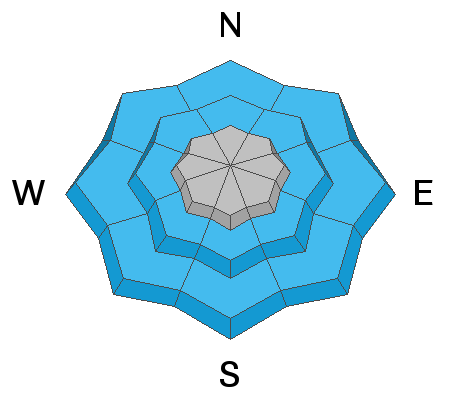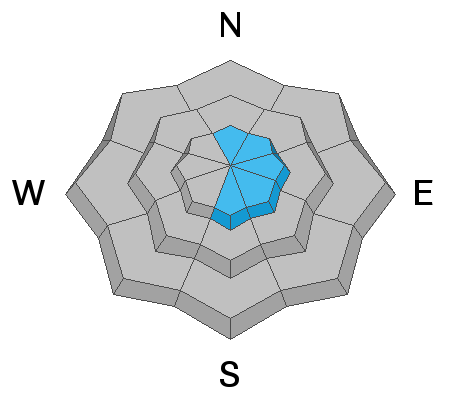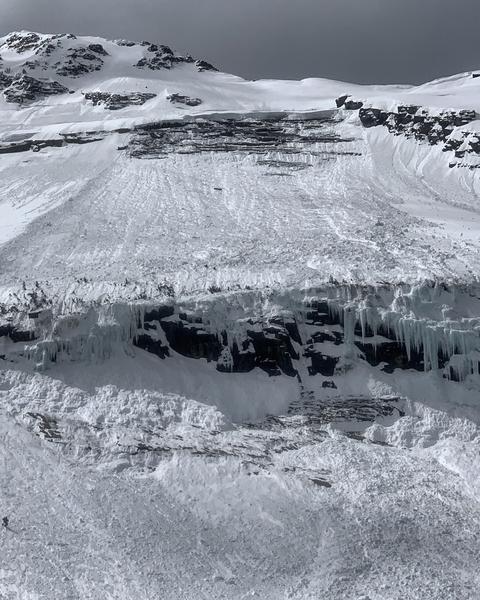Forecast for the Salt Lake Area Mountains

Issued by Mark Staples on
Saturday morning, April 6, 2019
Saturday morning, April 6, 2019
Today the avalanche danger is MODERATE. The main issue will be wet avalanches at mid and low elevations. The mostly likely ones will be wet loose slides at low elevations, but wet slabs will be possible at mid elevations. At upper elevations shallow avalanches of wind drifted snow are possible. Lastly there is a chance for very large glide avalanches in very specific places.

Low
Moderate
Considerable
High
Extreme
Learn how to read the forecast here












